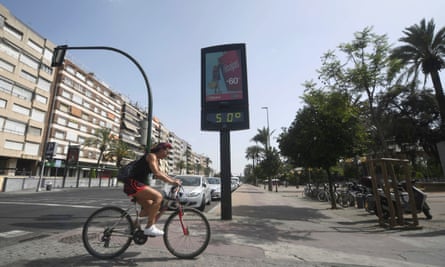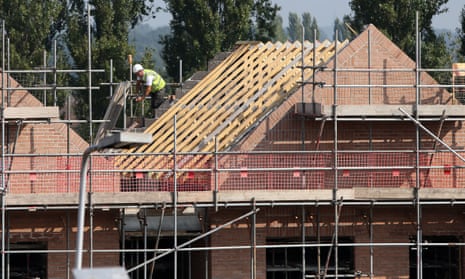Heatwaves across the northern hemisphere this summer have killed people in cities as far apart as Montreal, Tokyo and Lisbon. In London, the level of “excess mortality” caused by heat this summer is not yet known, but there are reasons to believe it could be more than 100 people. From previous studies we know that many of the victims are likely to have been elderly with underlying health conditions – and often will have succumbed at home.
These are entirely preventable deaths. But this trend of more frequent and intense heat is proving particularly challenging because many cities are used to worrying more about the impacts of cold weather, not hot. In the UK, historically a temperate climate, we have focused on ways to improve insulation and keep heating bills low. The evidence now clearly shows the deadly risks of extreme heat – yet houses are still being built that are death traps in hot weather.
They could become even more lethal over the coming decades. A report in 2016 by the Committee on Climate Change warned that many new houses built in London and the rest of the UK were actually worse for overheating than existing buildings. It highlighted evidence that 20% of homes in London and the rest of England overheat even during relatively cool summers, with the temperature of bedrooms a particular concern.
There are specific problems with post-1990s mid- and top-floor flats that lack sufficient ventilation and protection from bright sunlight. But retrofitting older homes to make them better insulated and more energy-efficient can also increase the risk of overheating, particularly if it makes buildings more airtight and reduces passive ventilation.
The situation could become much worse in cities such as London, Vancouver, Amsterdam, Sydney or Hong Kong where there is an acknowledged housing crisis. In a shortsighted attempt to meet growing demand for affordable homes, I fear we will end up with lots of cheap, quickly-built housing that will not be resilient to extreme weather.
Developers do not want to take on the costs, and the most effective cooling measures are difficult for tenants to fit themselves. Air conditioning is costly to install, and costly to run. Many occupants may not even be aware of straightforward adjustments to prevent dangerous overheating, such as fitting window shutters to block direct sunlight. As ever, those who are least able to deal with the problems are quite often the ones most deeply affected by them, and when developers cut corners on design, occupants usually pay the price – sometimes with their lives.

Even if we avoid dangerous climate change by cutting greenhouse gas emissions, we face another three to four decades of heatwaves, increasing in frequency and intensity. But overheating has largely been overlooked by developers and planning authorities. Our planning regulations are simply not fit for purpose: they do not provide enough guidance to developers about the threats currently posed by heat, let alone how these threats are likely to evolve over the lifetime of a building.
As noted in the Committee on Climate Change’s 2016 report, the UK government’s National Planning Policy Framework of the time did not even mention overheating. The framework was finally updated last month but it remains unclear how local planning decisions will be affected. The London mayor, Sadiq Khan, published a draft housing strategy last autumn that mentioned the risk of overheating just once in 233 pages. His draft London Plan, however, does address the problem, suggesting that “major development proposals should demonstrate ... how they will reduce the potential for overheating and reliance on air conditioning systems.” It recommends a cooling hierarchy of six key measures, starting with: “minimise internal heat generation through energy efficient design”.
The real test, of course, will be how strongly developers embrace this guidance. Much more robust regulation is required to hold them to account. Planning permission should only be granted if it has been shown that a new building is fit for our changing climate, including extreme heat. Homeowners and tenants should be given legal rights to take action against developers who create unsafe homes that could become deadly ovens in summer.
I would have hoped that the terrible consequences of Grenfell Tower would have led to a broader conversation about housing that is fit to live in. It’s not just about reducing fire risk; it’s about reducing all risk. It’s about building places where people feel safe living. No more excuses – and no more preventable deaths from heat.
Bob Ward is deputy chair of the London Climate Change Partnership and policy and communications director at the ESRC Centre for Climate Change Economics and Policy at the London School of Economics and Political Science
Follow Guardian Cities on Twitter, Facebook and Instagram to join the discussion, and explore our archive here







